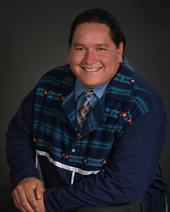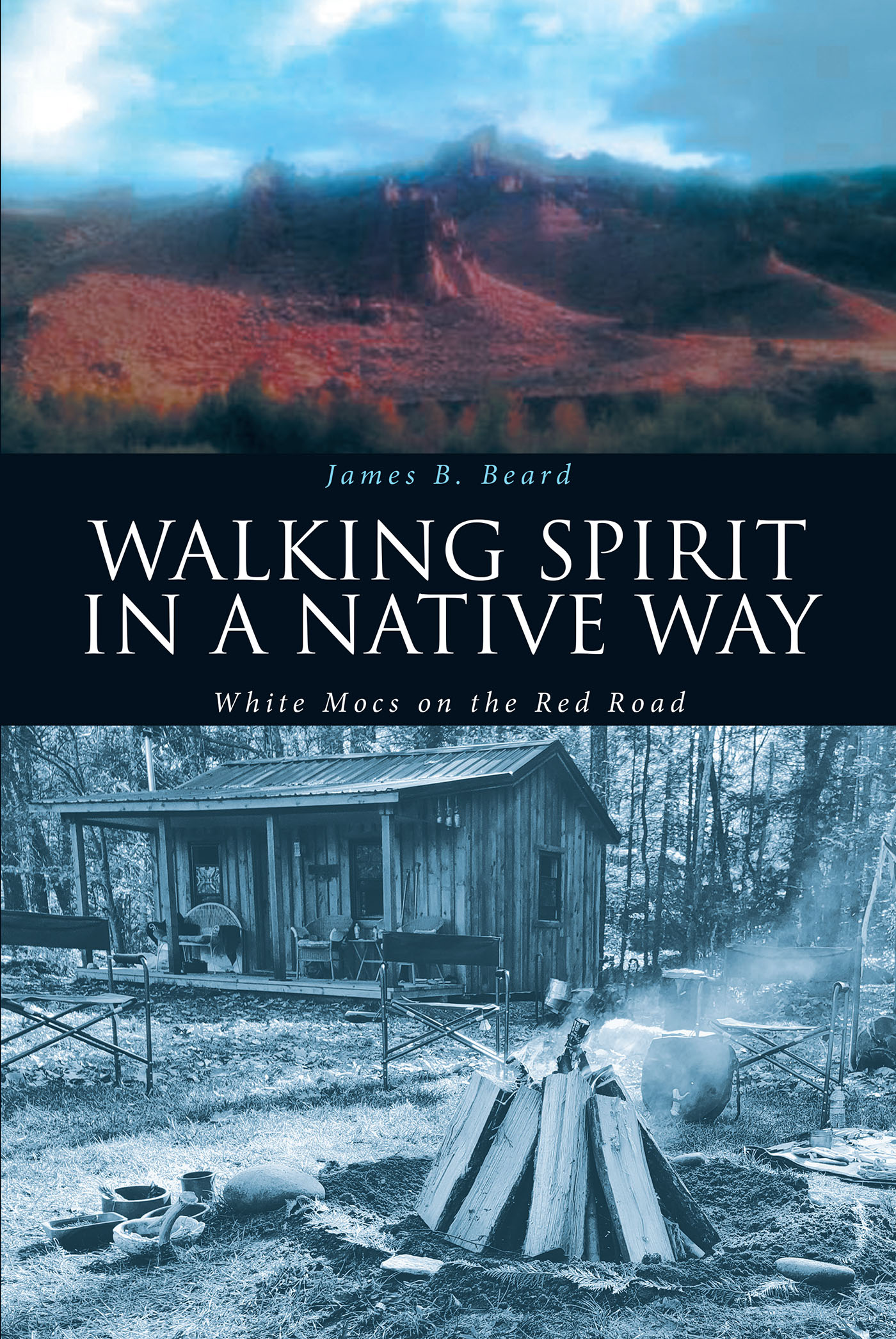Going to Ceremonies!
What do you mean you’re going to Ceremonies?
December 1, 2009, by Bob Goulais
If you work for an aboriginal organization or around First Nations people, chances are you may have heard the phrase. You may even know a few people that take time off every few months in order to attend ceremonies.
But what does that mean: “going to ceremonies?”
Here’s the answer from an ethnographic, socio-anthropological point-of-view.
But please understand that this article is a plain-language, nuts and bolts overview of a very rich and diverse way of life. It certainly does not depict the intense spiritual and intellectual traditions of the Midewiwin way of life.
The Midewiwin is holistic in it’s being. Meaning that birth, formal education, higher education, family life, marriage, parenting, value systems, vocations, governance and leadership, laws, the clan system, social structure, healing and medicine and even our social life… they all exist within Midewiwin Lodge. Even more specialized societies and ceremonies, like the Sundance, Sweat Lodge, Ogitchidaa, big drum, shaking tent – they all exist within the Midewiwin.
Today, much of that has been assimilated by broader society. Sadly, most communities have long forgotten about the Midewiwin society.
But for the Midewiwin people, our lives are dedicated to living this way of life and our central concept of mno-bimaadiziwin, or the Good Life.
In case you haven’t picked it up already, my family and I belong to a traditional society called the Midewiwin. If you Google Midewiwin, a whole world of Ojibway sorcery opens up on your screen. Grand Medicine Society, Secret Society, Shamanism, Mysticism… These are just colourful, spooky words to describe our traditional spiritual way of life.
Midewiwin simply means “way of the heart” in the Ojibwe language. Our society existed long before European contact and is one of the oldest spiritual movements in North America.
THREE FIRES MIDEWIWIN LODGE
There are only a small number of functioning Midewiwin Lodges across Anishinaabek territory, mainly centred in northwestern Ontario and Minnesota. Our Lodge, called the Three Fires Midewiwin Lodge is probably the largest Midewiwin community. The Eastern Doorway of our Lodge is centred in Ontario and central Michigan; the Centre Fire is located in Wisconsin and Minnesota; and the Western Doorway is centred in southern Manitoba and northwestern Ontario.
Historically, the Midewiwin consisted of the Algonkian people of the Great Lakes area: the Anishinaabe. Linguists thoughtfully sub-divided the Anishinaabek nation into the Ojibway, Odawa, Pottawotomi, Algonquin, Mississauga and Chippewa. Today, many other nationalities have found their way to the Midewiwin including the Lene Lenapi, Ho-chunk, Haudenasaunee, Cree, Mik’maq, even a Mayan and a couple of Choctaws and Cherokees. You can call us the United Nations of traditional societies.
Our gatherings take place each season usually on the Full Moon. Spring Ceremonies take place in June, Summer Ceremonies take place in August, Fall Ceremonies take place in late-October or November, and Mid-winter ceremonies take place in February or March.
The ceremonies themselves take place in a beautiful, spiritual place called the Midewiwin Lodge or Mide-wiigaan. The Lodge is an elongated framed structure made of maple saplings tied together in a special configuration. In school, you might have been taught that this is called a “wigwam”. Our Lodge has been known to be as long as 140 feet to accommodate greater numbers.
There is special meaning to each part of the Lodge itself including it’s doorways and the four levels of supports that enclose the sides of the Lodge. For example, the “path of life” is set of parallel poles that reach out from the earth forming the Eastern Doorway. They run along the highest part of the roof, right across the length of the Lodge and back down into the earth at the Western Doorway. The fireplace is at the centre and heart of the Lodge.
People sit along the edge of the Lodge, both inside and outside the Lodge. There are special placements for drums, leadership, Elders, initiates and special guests.
Ceremonies usually last at least four days beginning with Fire Lighting Ceremony. Fire Lighting is done by the men, who have the traditional responsibility to provide and look after the fire for the full four days.
Lately, to accommodate the needs of the Lodge – ceremonies have been known to start on the Wednesday and last five days.
THE MIDE SPIRIT & CEREMONIES
The most essential part of Midewiwin Society is our belief in the Creator, the Spirit World and in our special caretaker Spirit, called Mide-mnidoo. The Midewiwin Spirit is called into the Lodge and is present throughout the duration of ceremonies. The Spirit is embodied in the sacred Grandfather Water Drum, who presides over the Lodge. The Grand Chief and the Doorway Chiefs of the Lodge sit at the Grandfather. There are also several Little Boy water drums, who are the helpers of the Grandfather.
The term ceremonies is plural for a reason. There are many diverse ceremonies that take place in the Midewiwin Lodge. Following fire-lighting, there is a daily sunrise ceremony that takes place. This consists of a tobacco offering, sharing of the sacred pipes, a water offering conducted by the women and sharing some food, usually berries.
The tobacco offering takes place a number of times during the day. During a series of songs, each man, woman and child offer tobacco in a bowl that goes around the Lodge. The tobacco is gathered by tobacco dancers who fill pipes and offer them to the Spirit. The Pipe is first smoked by the Elders on behalf of all those in session. The tobacco is spoken for in prayer and brought around for everyone to smoke. Most just touch the pipe stem to acknowledge the Spirit.
The Water Ceremony is a beautiful ceremony conducted by our women. The Midewaanikwe hold the water up in copper vessels while a beautiful water song is rendered by the women. The water is spoken for in prayer and a small amount is shared with everyone attending the session. The water is no longer just nbi – it is then considered sacred medicine water, Mide-waaboo.
After the mid-morning tobacco offering and water ceremony, the mid-day feast takes place. The feast is a ceremony into itself, consisting of a number of protocols, then sharing of a great traditional meal.
INITIATES
The afternoon session typically have a number of purposes. Usually, during the early days of ceremonies, the afternoon is used for meetings. The Lodge leadership meetings or conducts workshops on occasion. The Grandmothers council also gets a chance to meet.
During the time, the Road People begin assembling the Midewiwin initiates – those who have declared their intentions to join the society. In recent years, between 45-60 people are initiated annually into the Three Fires Midewiwin Lodge.
Preparing the initiates is an important job and requires time. For example, the evening session on the first day is set aside for Sweat Lodge ceremonies for teachers and initiates. Throughout Summer, Fall and Mid-winter Ceremonies, the initiates receive their four sacred teachings – which is solely for the Midewiwin people. They also receive four songs to help them in preparation for the initiation that takes place over the course of two to three days during Spring Ceremonies. A special initiation Lodge is built for that purpose. It is the most beautiful time for Midewiwin people, to welcome new brothers and sisters into the Lodge.
There are many levels, or degrees of the Midewiwin. In our Lodge, our leadership and teachers do their work as Fifth Degree and Fourth Degree Chiefs. During the height of Midewiwin history, Midewiwin priests (as they were called in the history books) attained levels as high as Eighth Degree Midewiwin. Each level of learning requires further intense commitment and level of understanding.
FELLOWSHIP
One of the most exciting part of ceremonies are the Ogitchidaa Dance, the Buffalo Dance and the Jingle Dress Healing Dance. These are special ceremonies that usually take place in succession on the Saturday of ceremonies. There is a lot of dancing, singing, feasting and fellowship.
The Ogitchidaa Dance is a lively session of singing and dancing led by our veterans in our Lodge and it’s a means to re-enlighten our pride and tradition of the Ogitchidaa Society.
The Buffalo Dance is done by those who are just developing into adolescence. These brave Buffalo Dancers give a four year commitment to abstain from drugs and alcohol, boy-girl relationships and go through this time as a role models for other youth.
The Jingle Dress Healing Dance is a time of physical, mental, emotional and spiritual healing for the participants. The Jingle Dress dancers do their work during this sombre, yet powerful ceremony.
THE ROLE OF LANGUAGE
The Three Fires Midewiwin Lodge has a unique history, in that it was envisioned the Midewiwin Society would need to bridge the gap between the old ways and the young people. That involved the controversial decision to allow English to be used in the Lodge for those who could not understand. Today, ceremonies are still only conducted in the Ojibway language, although individual interpreters assist those who are unable to understand the language. Learning the Ojibway language is a crucial commitment to being a part of the Midewiwin Society, as the work of the Spirit can only be done in Ojibway.













Comments
Post a Comment